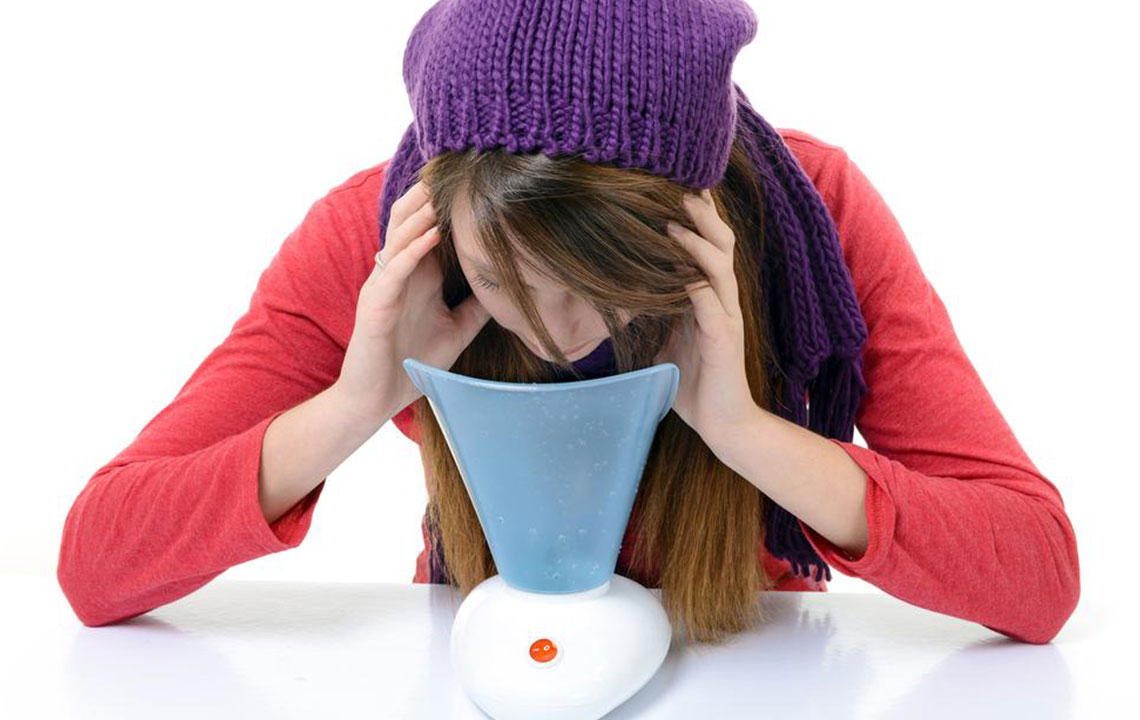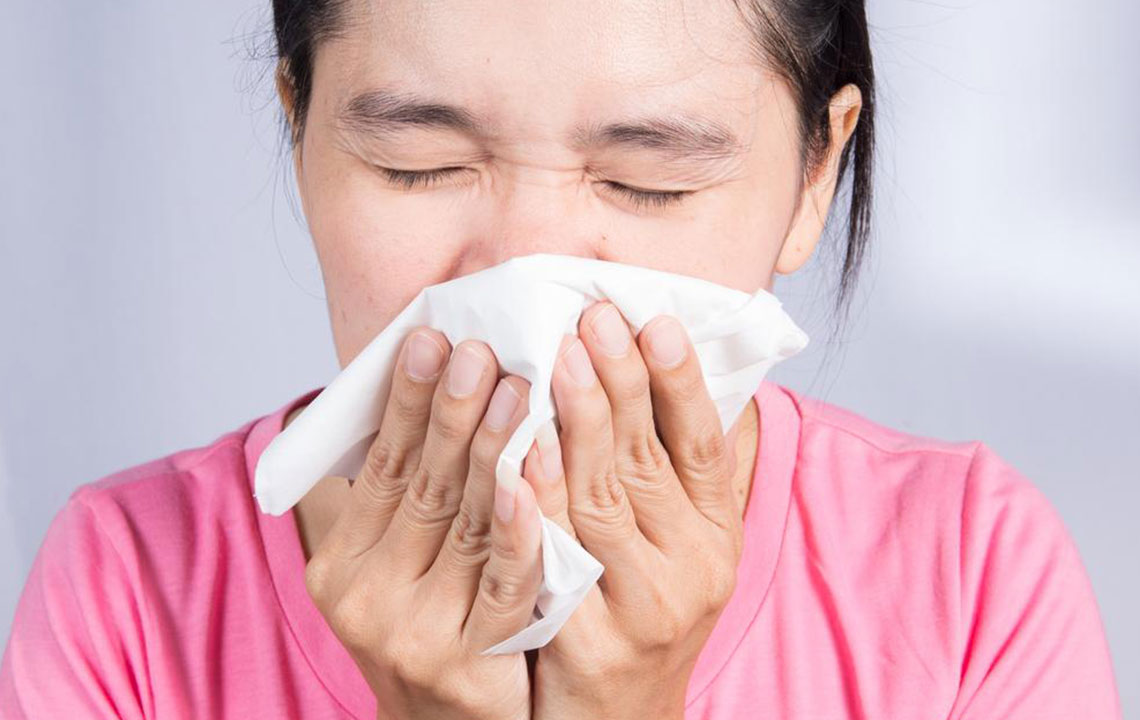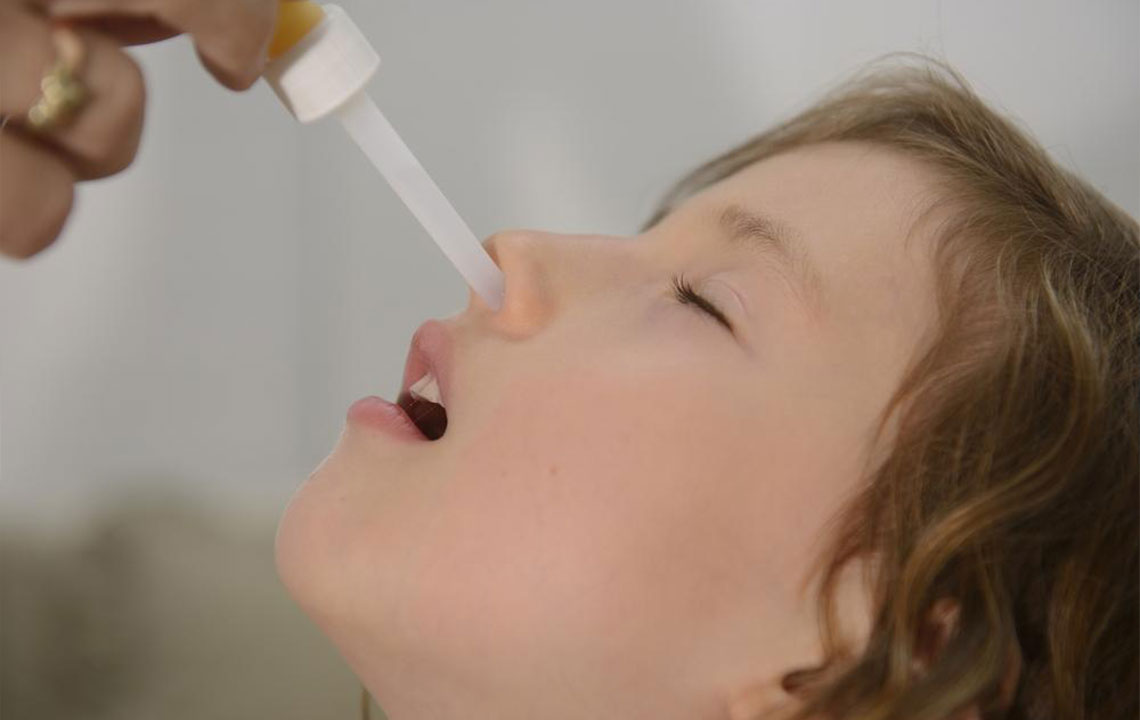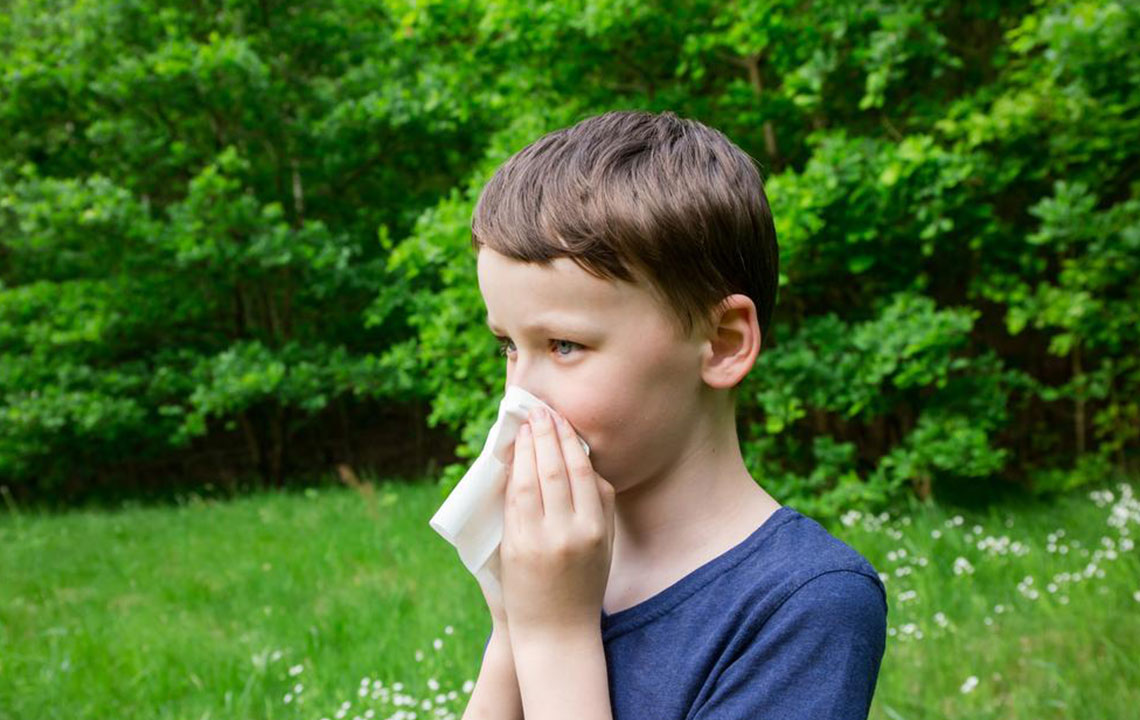Comprehensive Guide to Managing Sinus Discomfort
This comprehensive guide covers sinus discomfort, symptoms, natural remedies, home treatments, and when to see a doctor. Learn effective ways to alleviate sinus pain and manage sinusitis symptoms naturally and medically. Ideal for individuals seeking relief from sinus pressure and associated symptoms with practical tips and advice.

Understanding Sinus Discomfort and Relief Options
Sinus discomfort arises when the air-filled cavities within the facial bones, known as sinuses, become blocked. This leads to pain around the forehead, cheeks, nose, and eye regions. The discomfort often intensifies with pressure or when tilting the head downward. Generally, sinus pain caused by colds resolves on its own as symptoms subside, but persistent or bacterial infections require medical intervention, such as treatment for sinusitis.
Explore further to learn about sinusitis symptoms, natural remedies, and effective relief strategies.
What are common sinusitis symptoms?
Sinusitis can result from infections, allergies, or irritants and is rarely contagious. Typical signs include:
Facial tenderness
Pain or pressure in the sinuses, ears, or teeth
Discolored nasal or post-nasal drainage
Nasal congestion
Loss of smell
Sore throat
Persistent congestion
Facial swelling
Cough
Fever
Bad breath (halitosis)
Fatigue
Headache linked to sinus pressure
Identifying the sinus causing pain
Sinus pain varies based on its location, and understanding the specific sinus involved can help target relief. The four main sinuses are:
Frontal sinus – Located in the forehead, causing forehead headaches and pain.
Maxillary sinus – Situated in the cheekbones and upper jaw, leading to cheek and tooth pain.
Ethmoid sinus – Between the eyes, resulting in pain across the nose and between the eyes.
Sphenoid sinus – At the top of the head and behind the eyes, associated with pain at the back of the head and behind the eyes.
Effective methods to reduce sinus discomfort
Saline nasal spray – Helps decrease sinus swelling and congestion naturally, up to six times daily based on severity.
Humidifier use – Adds moisture to the air, supporting sinus drainage, especially at night or through steam inhalation.
Warm compress – Applying a warm, damp cloth on the face alleviates swelling and pain.
Decongestant sprays or pills – Reduce nasal swelling but should be used judiciously to avoid rebound congestion.
Pain relievers – Over-the-counter medications can soothe sinus pain and decrease inflammation.
Home remedies to ease sinus pain
Rest appropriately – Rest supports immune function and tissue repair.
Stay well-hydrated – Fluids thin mucus and help reduce sinus pressure.
Eat anti-inflammatory foods – Spices like cayenne pepper and horseradish help break up mucus.
Consume apple cider vinegar – Drinking warm water with vinegar thrice daily may alleviate symptoms.
Perform nasal irrigation – Gentle flushing with saline solution clears nasal blockages effectively.
When to seek medical care
If symptoms persist beyond two days without improvement
Experience pain in upper teeth or facial areas
Have a persistent headache unrelieved by OTC medicines
Develop a fever higher than 101°F
Notice discolored, thick nasal discharge
Symptoms worsen after a week or last longer than 10 days
Facial pain is mild or chronic
No relief after three days of antibiotics










